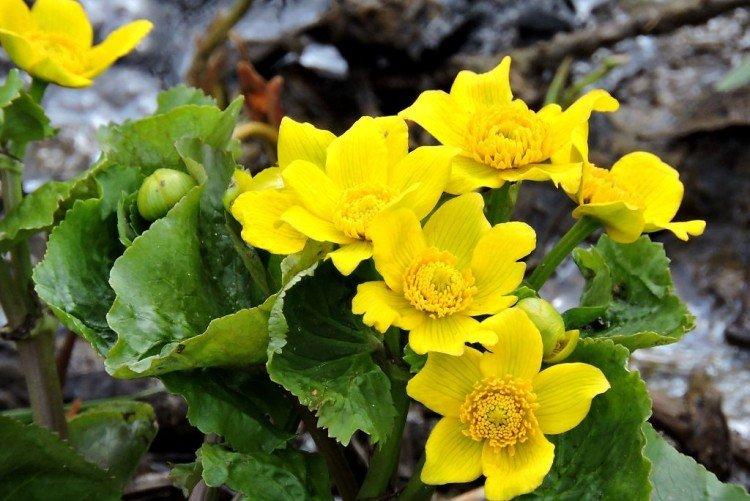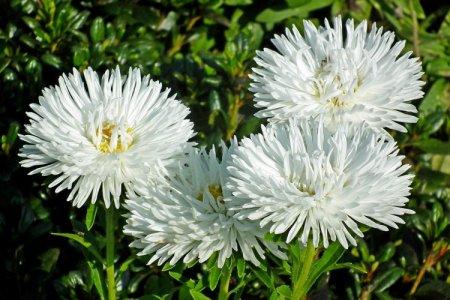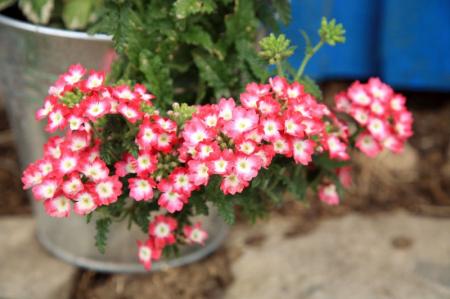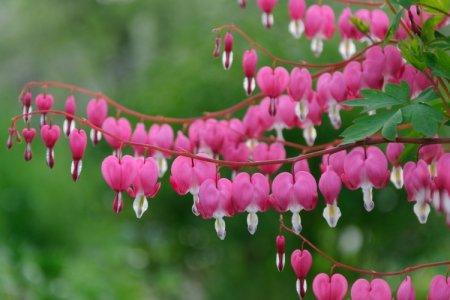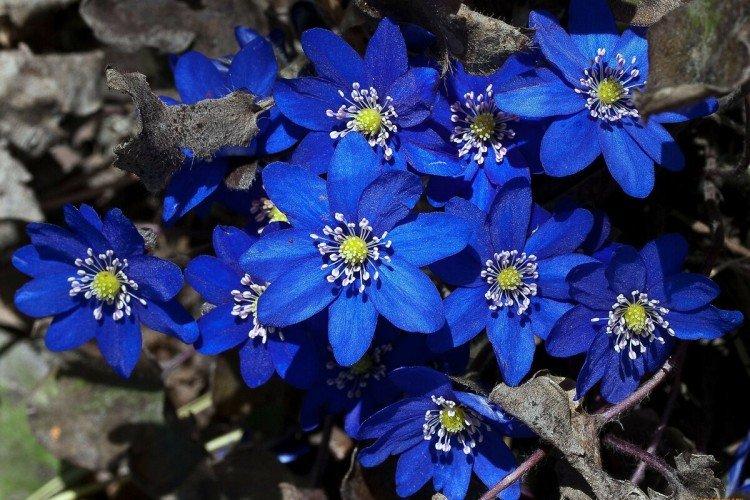
When, after winter, you want to see at least some colors and paints as soon as possible, spring primroses always bring double joy and pleasure. And with our catalog you will definitely be able to distinguish them accurately!
1. Galanthus
You probably know a galanthus called a snowdrop, about which many tales and legends have been composed. Snowdrops bloom for about a month and are not at all afraid of cold snaps.
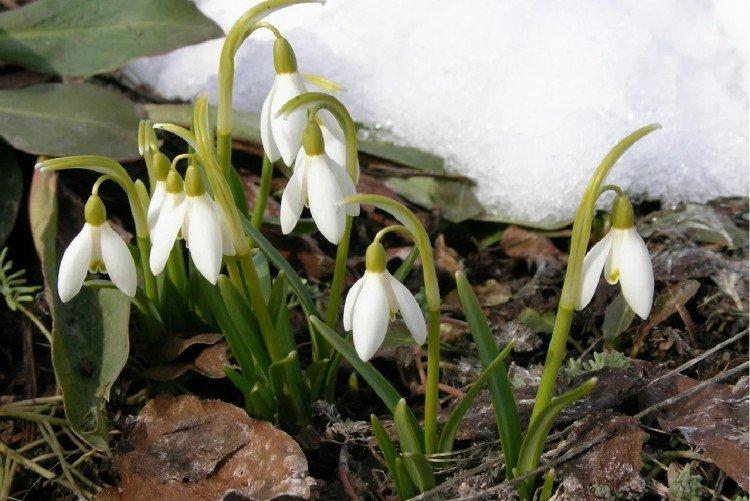
2. Hellebore
The mountain buttercup flower, which is also called the wintering house, is especially fond of mountainous regions. He prefers shade and easily tolerates frost, for which gardeners love him.
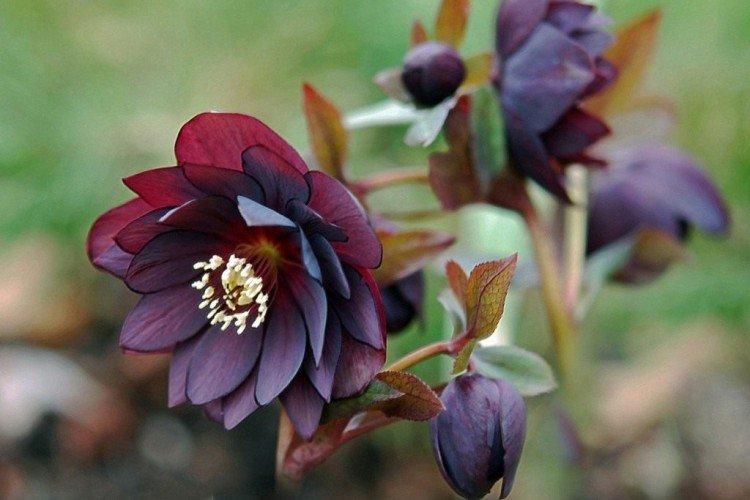
3. Primrose
Dozens of primrose varieties are notable for their early and long flowering. The main advantage lies in the variety of varieties and colors.

4. Periwinkle
It is not in vain that touching blue-violet periwinkle flowers have become frequent guests of fairy tales. The plant grows rapidly and spreads along the ground, and in April it becomes densely covered with buds.
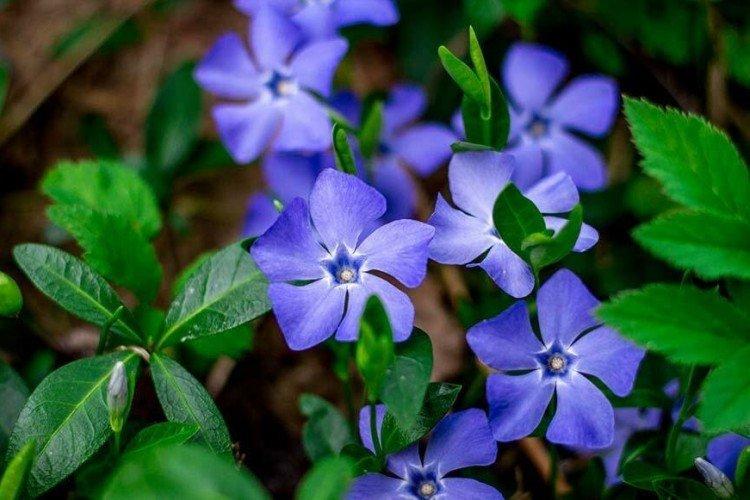
5. Crocus
Most of the dozens of different crocus varieties bloom in early spring. In different countries, they are also called saffron or zeferan.
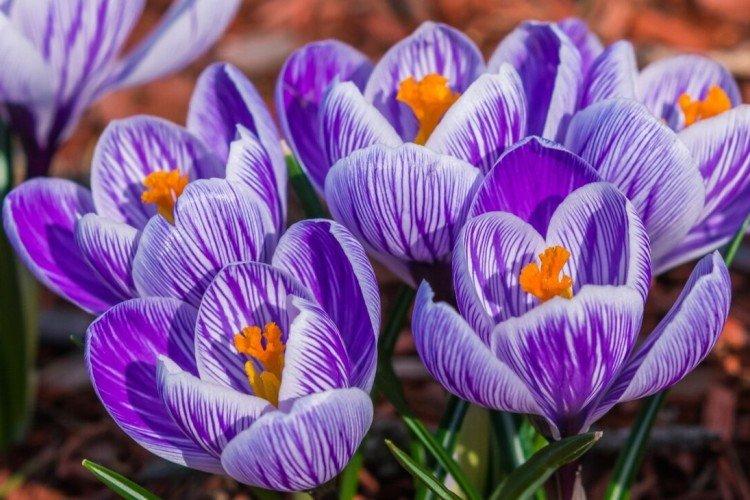
6. Iridodictium
The complex name hides one of the varieties of iris, which is very beautiful and fragrant. But keep in mind that the iridodictum is very tiny and grows about 10 cm.
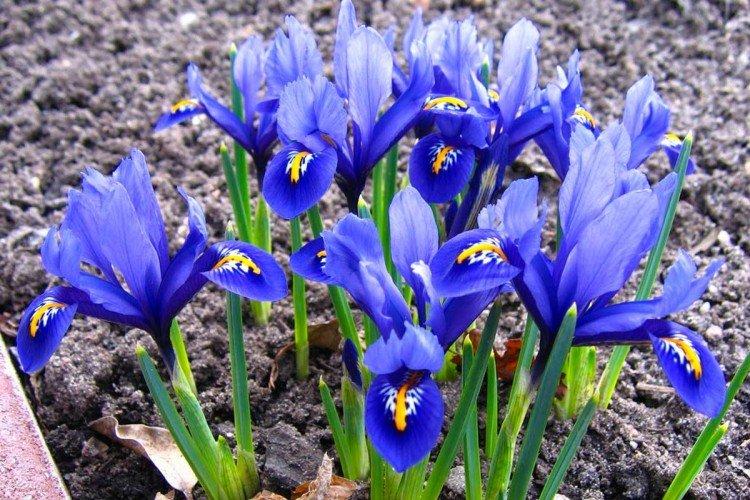
7. Long-hand primrose
This inhabitant of humid places prefers to grow near water bodies or even around swamps. Pinkish or purple flowers are collected in voluminous inflorescences. By the way, this is one of the rarest and most carefully protected species in the collection.
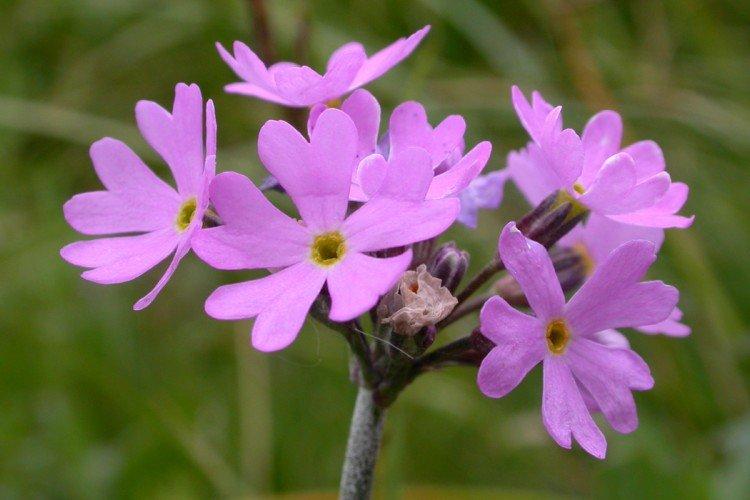
8. Tulip
Tulips are already spring flowers. And their wild cousins in nature bloom even earlier than their cultural ones. Moreover, there are dozens of them, if not hundreds.
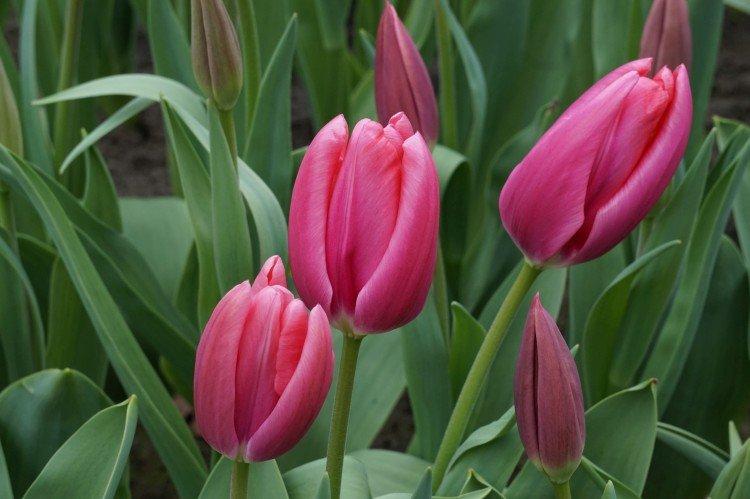
9. Corydalis
Corydalis are easy to find even in the harsh northern regions. Some specimens grow up to 50 cm. In addition to flowers, very unusual dissected leaves are interesting.
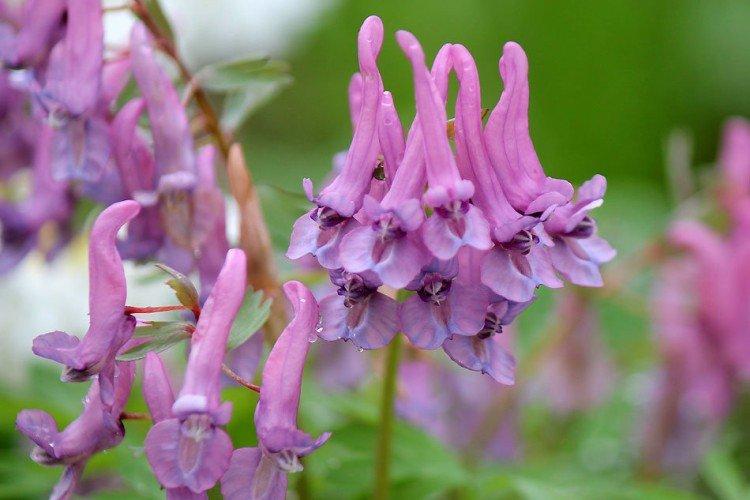
10. Poultry poultry
This early snow-white primrose is not as famous as snowdrops and bluebirds, but it definitely deserves attention. Delicate star-shaped flowers are collected in loose apical inflorescences.
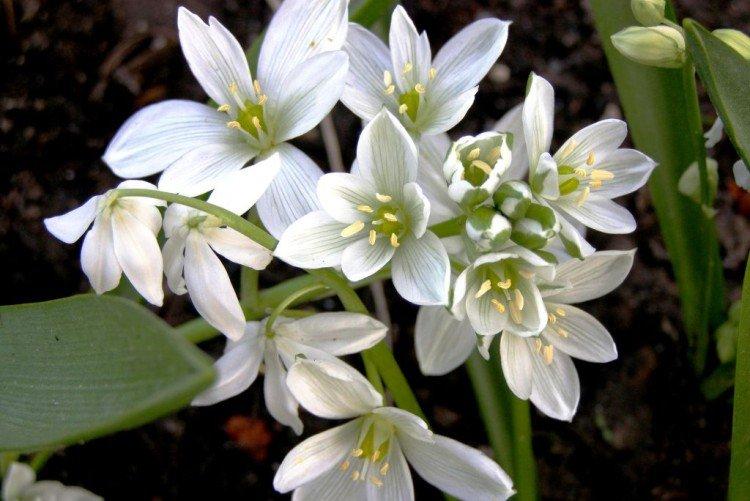
11. Backache
Different types of lumbago grow from 5 to 40 cm. Most often it lives in the steppe, and blooms in purple flowers with a bright yellow center, but other shades are also common.
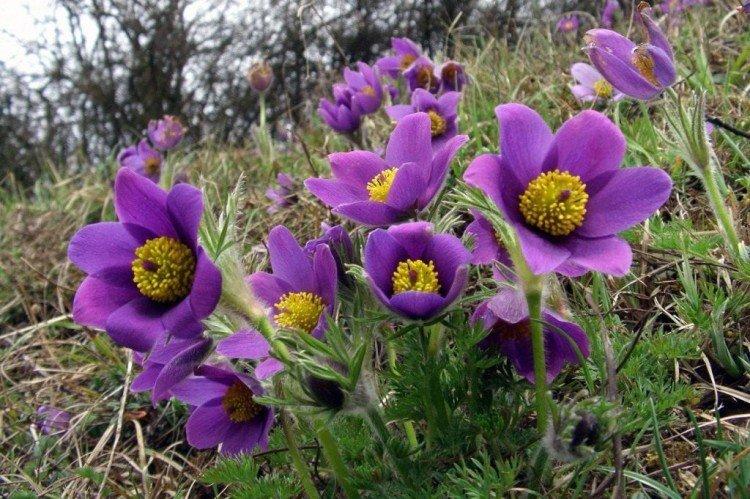
12. Hyacinth
This collection could not do without spectacular multi-colored hyacinths. Their characteristic dense inflorescences of small buds cannot be confused with any other flowers.
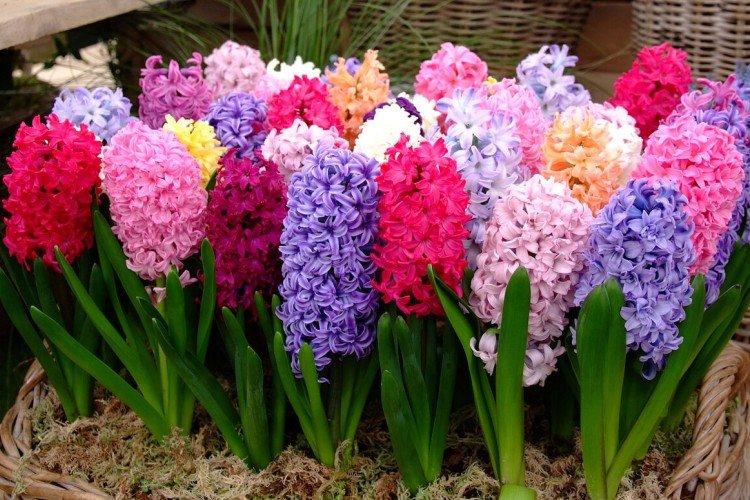
13. Scylla
She is also a scrub, a delicate blue bell from the lily family. The peduncle of the woodland stretches up to 20 cm, and up to 4 buds bloom on each. Less common are pink and white varieties.
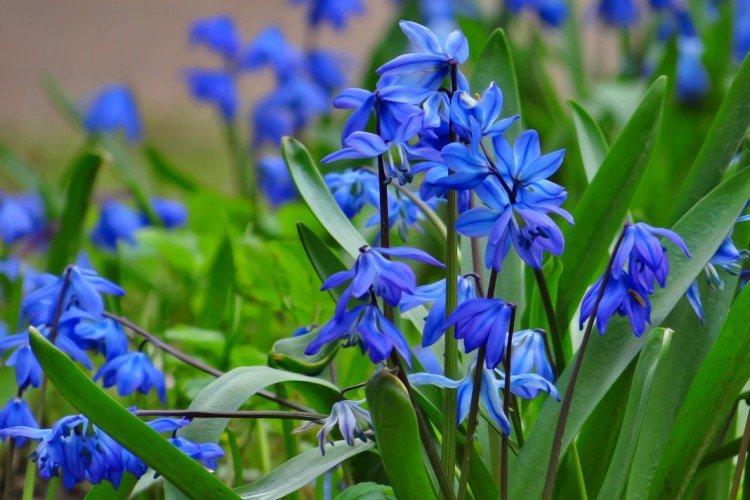
14. Narcissus
Daffodils have so many forms and hybrids that it can be confusing. But most often these are the same creamy flowers with bizarre yellow centers.
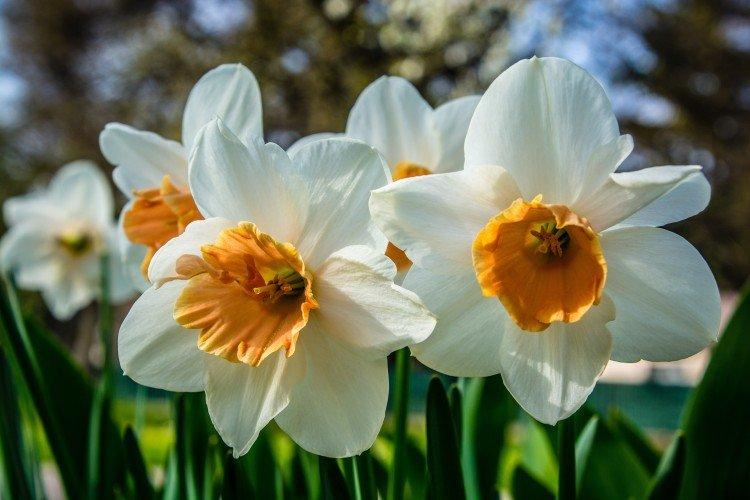
15. Violet
Oddly enough, the violet in its natural habitat can also be attributed to primroses. Moreover, in warm regions, it can bloom again by autumn.
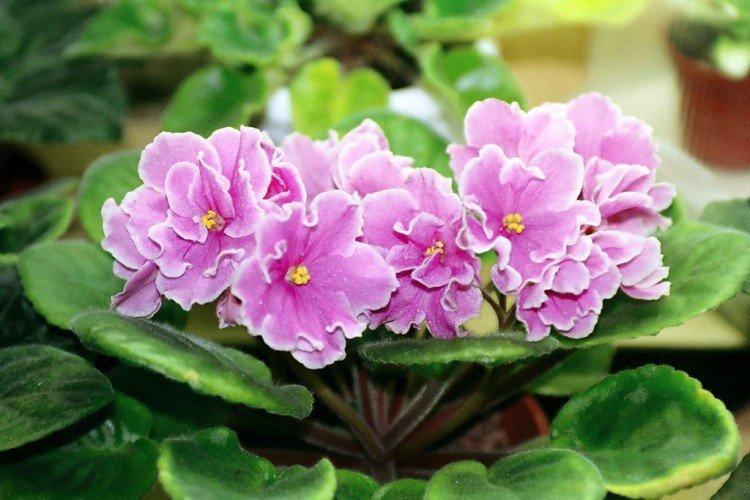
16. Muscari
Mouse hyacinth is an inhabitant of warm regions, and there it blooms even before tulips and daffodils. Unusual barrel-shaped buds are collected in dense inflorescences-spikelets of all shades of blue.
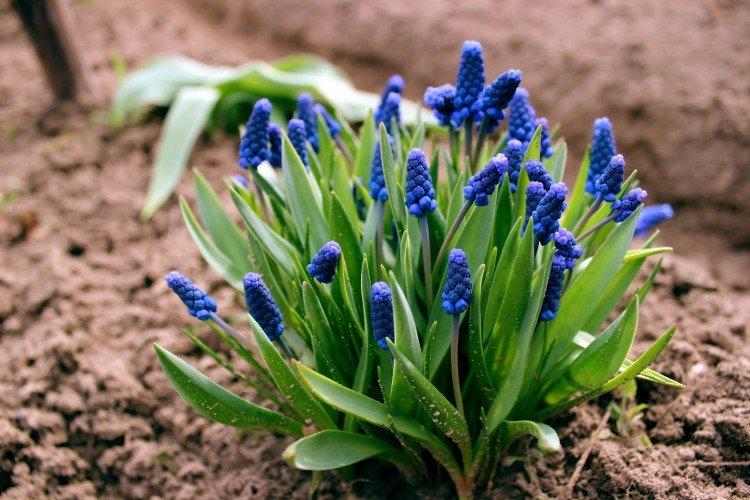
17. Adonis
The bright yellow flowers of adonis resemble the sun, and appear with its first rays. Keep in mind that the plant prefers lighted areas and fertile, but light soil.
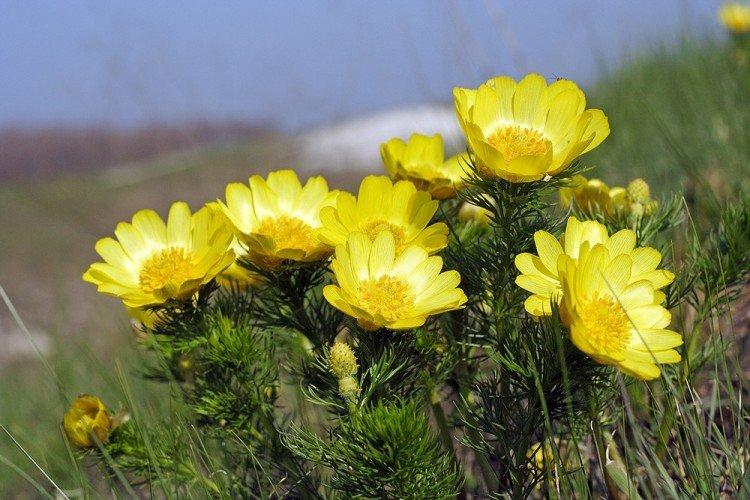
18. White flower
The spring white flower is found in warmer regions, and outwardly it is easy to confuse it with a snowdrop. But the ends of the white flower petals seemed to be dipped in yellow paint.
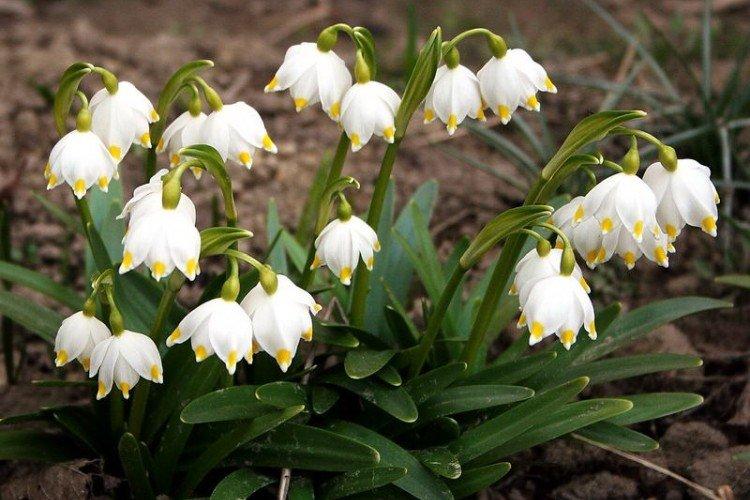
19. Grouse
Blooming hazel grouse resembles a funny tufted palm tree. And it got its name because of the characteristic color of the buds, which resembles the color of a bird.
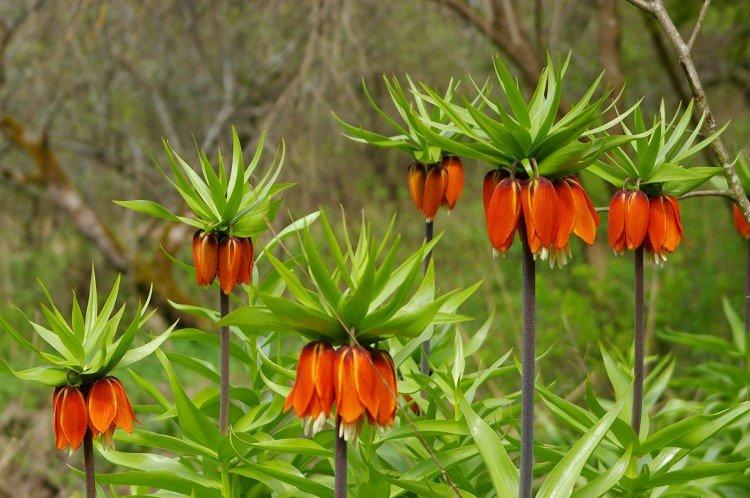
20. Medunitsa
Not only beautiful, but also useful primrose is actively used in folk medicine. The lungwort feels great on the site and is not a hassle.
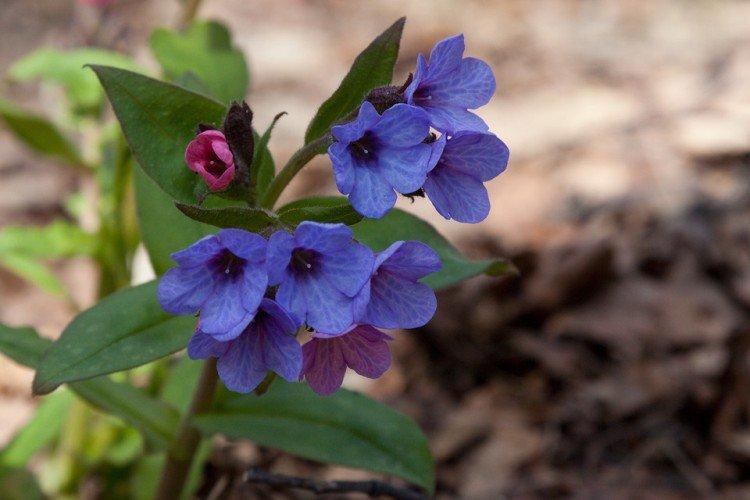
21. Anemone
Anemone is so delicate that its petals fall off from strong gusts of wind. In addition to primroses, there are varieties that bloom in summer or autumn.
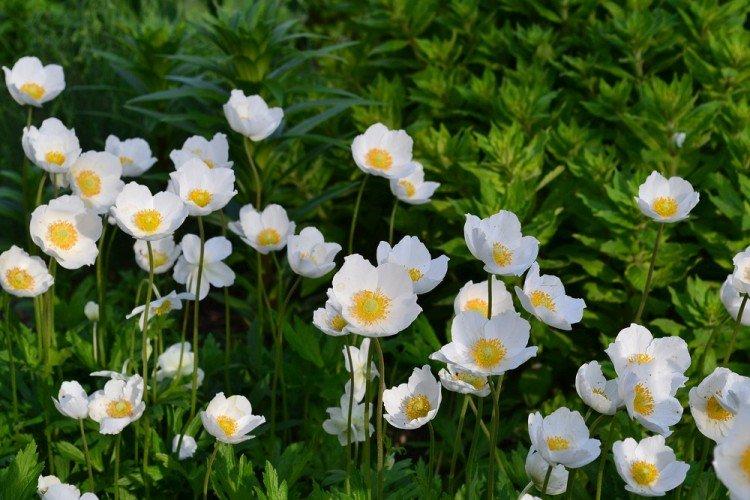
22. Pushkinia
This cousin of the scrub attracts attention with its unusual delicate blue tint. The flower smells very good, multiplies easily and withstands the lack of sun.
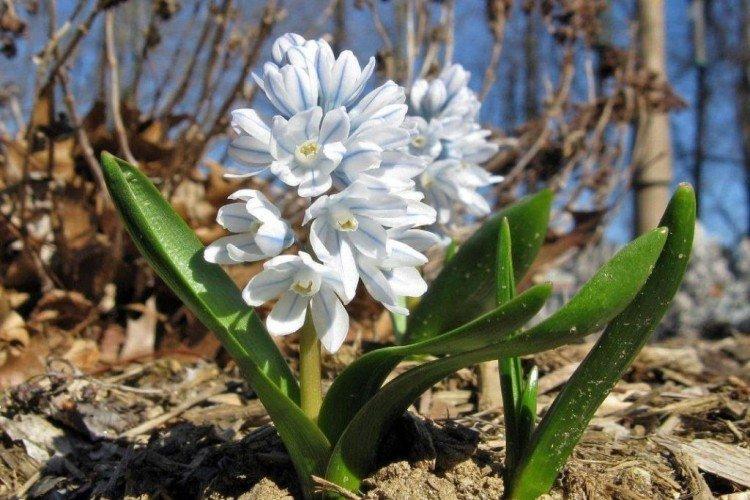
23. Hyacintoides
Contrary to the name, outwardly this flower looks more like a spit, but its buds are larger and longer. The most popular are blue varieties, but sometimes white and pink ones come across.
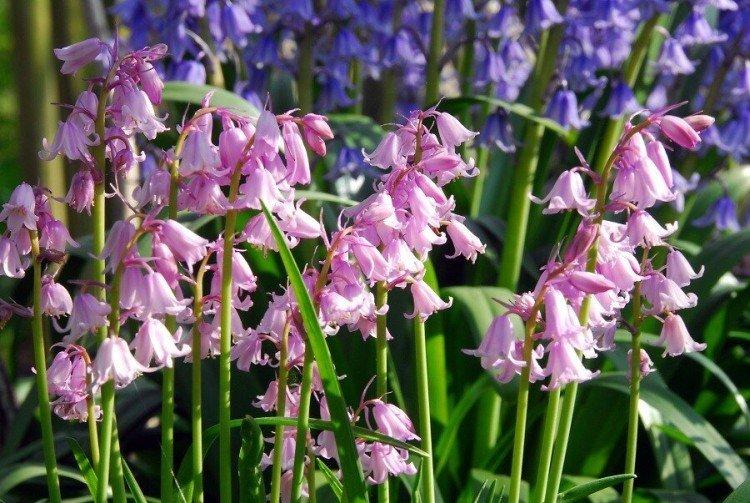
24. Erantis
Sunny golden erantis is not just called a spring. He instantly cheers up, paints the site in bright colors and is not even afraid of snowfalls. And also look at what unusual leaves it has!
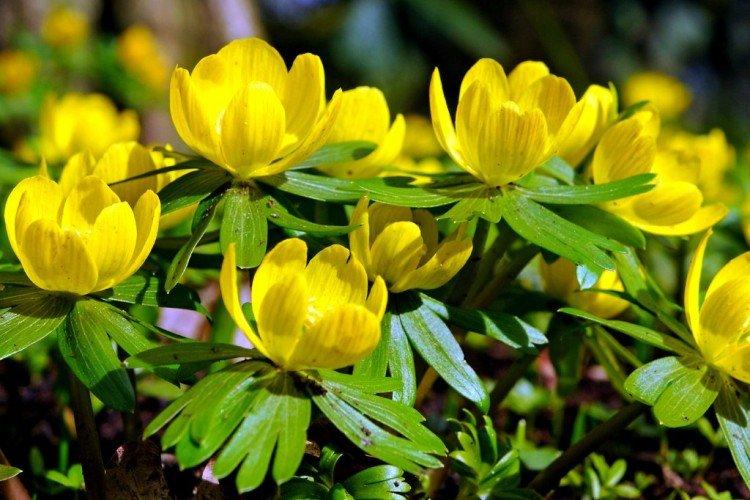
25. Cleaner
Immediately after the disappearance of the snow, a charming yellow cleaver hatches from the ground. On bright days, the buds completely bloom, and on cloudy days they close.
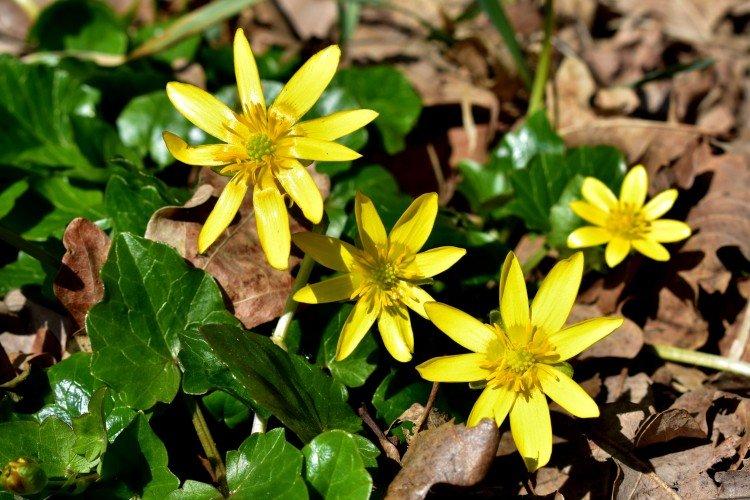
26. Chionodoxa
Blooming Chionodoxa looks very original with its curved petals against the background of straight linear leaves. There are varieties with larger flowers, pink and white shades, and with increased frost resistance.
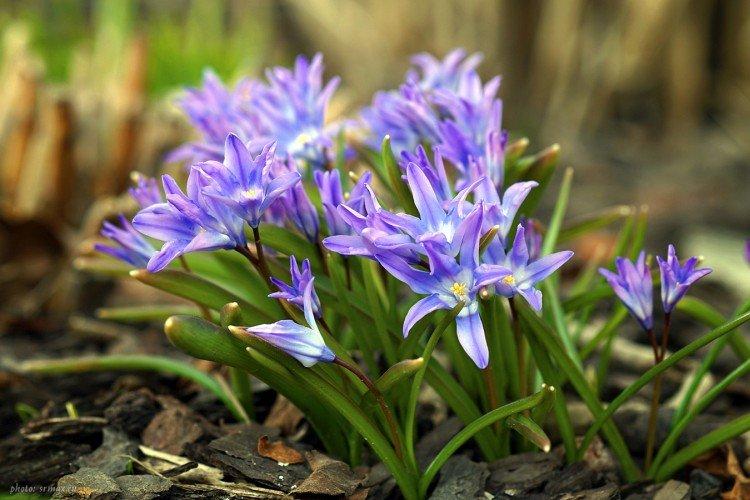
27. Brunner
An unpretentious frost-resistant perennial blooms a little later, by May, but covers the soil with a dense green carpet. Small blue flowers are collected in bizarre apical inflorescences.

28. Brandy
At first glance, the brandy can be confused with a crocus, but close up you can see that the flower has a slightly different shape. Pink varieties are most common, and the plant blooms for about 2 weeks in April.
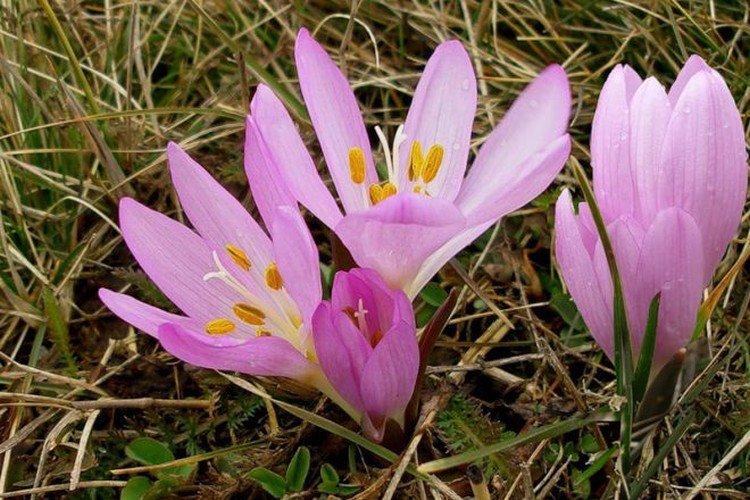
29. Liver
It is believed that the liverwort helps with liver diseases, which is why it got its name. People sometimes call it praleska or copse, because it grows in forests, which causes confusion.
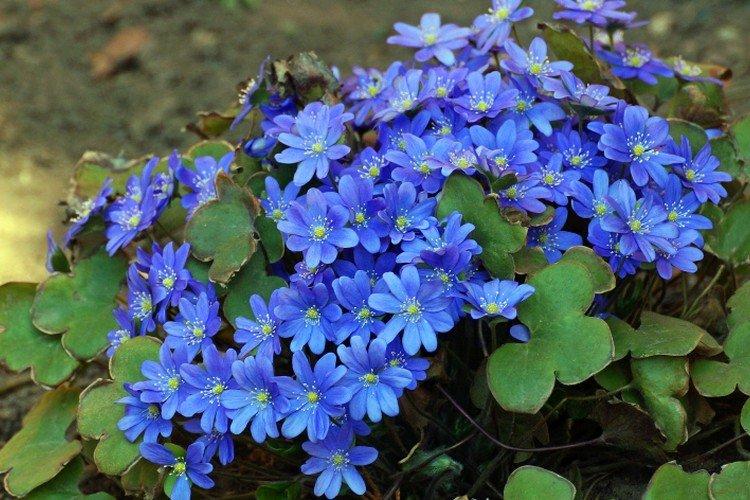
30. Kaluzhnitsa
Kaluzhnitsa resembles a peel, but differs in the shape of the leaves. In addition, these leaves persist in a green carpet until autumn, which few primroses can boast of.
